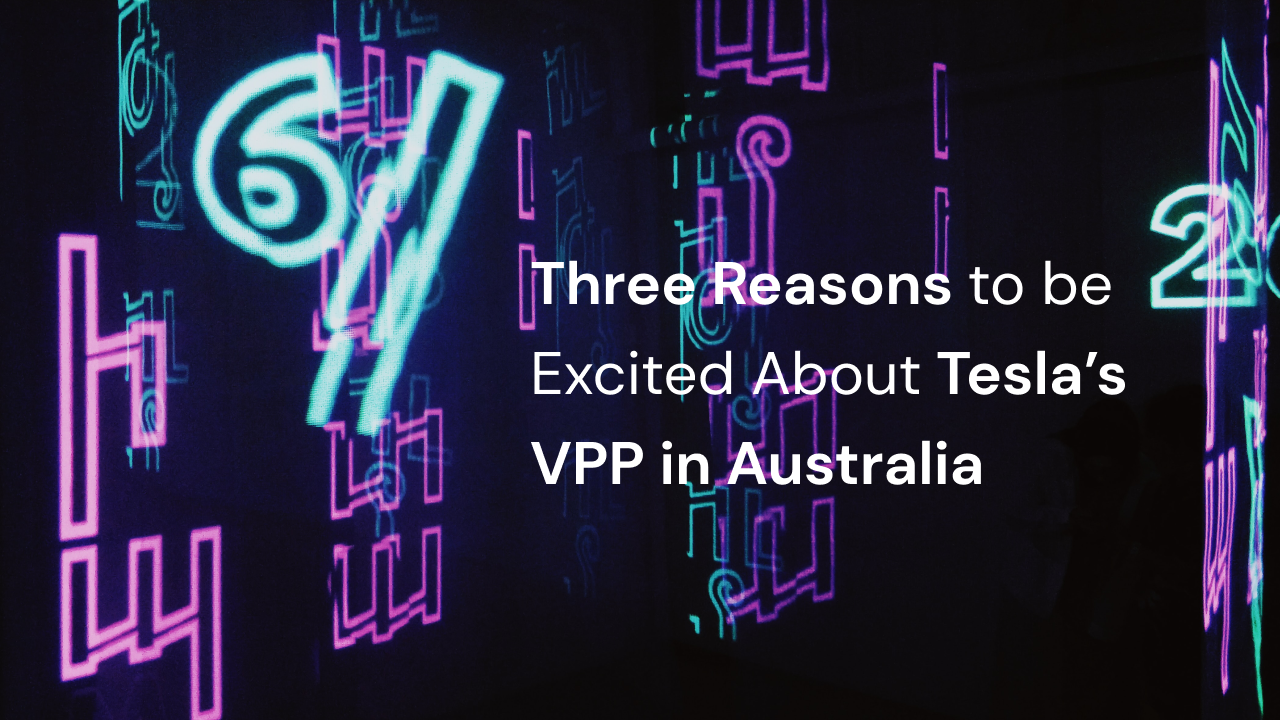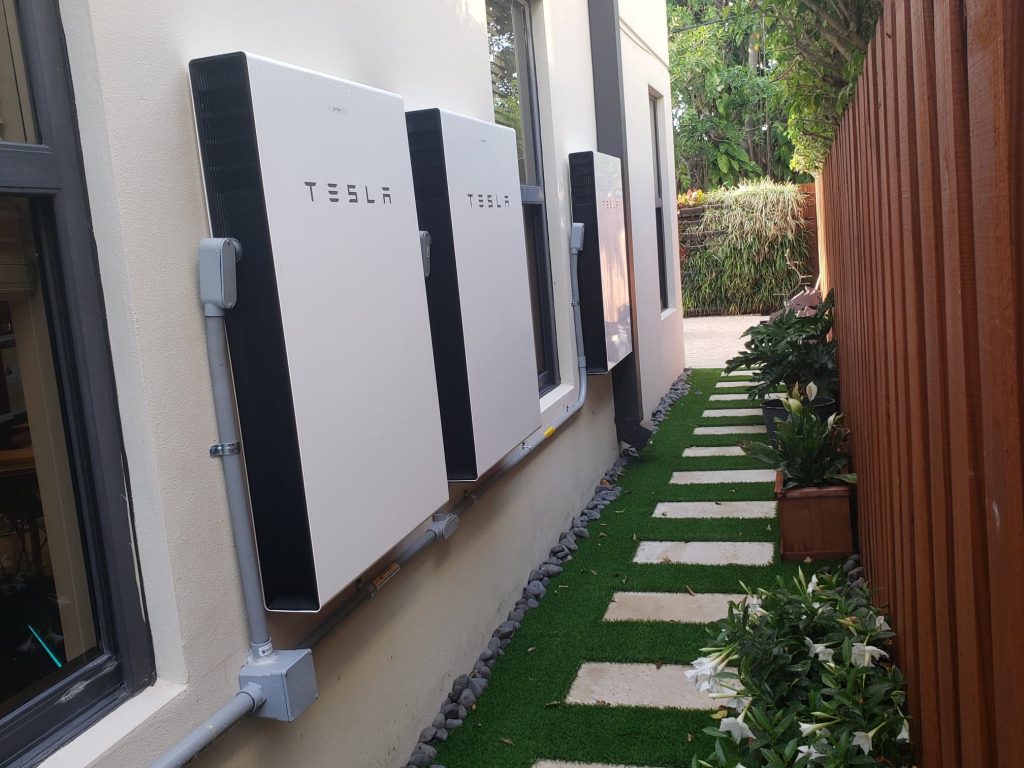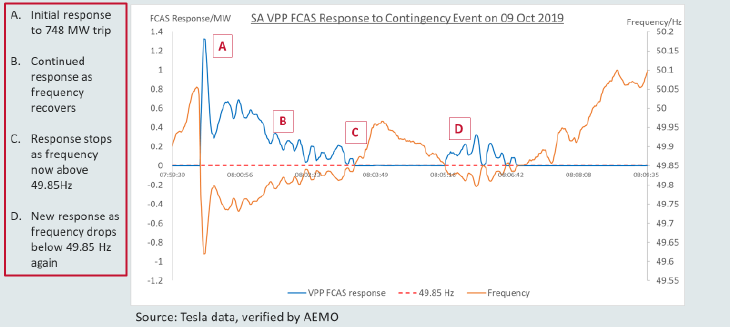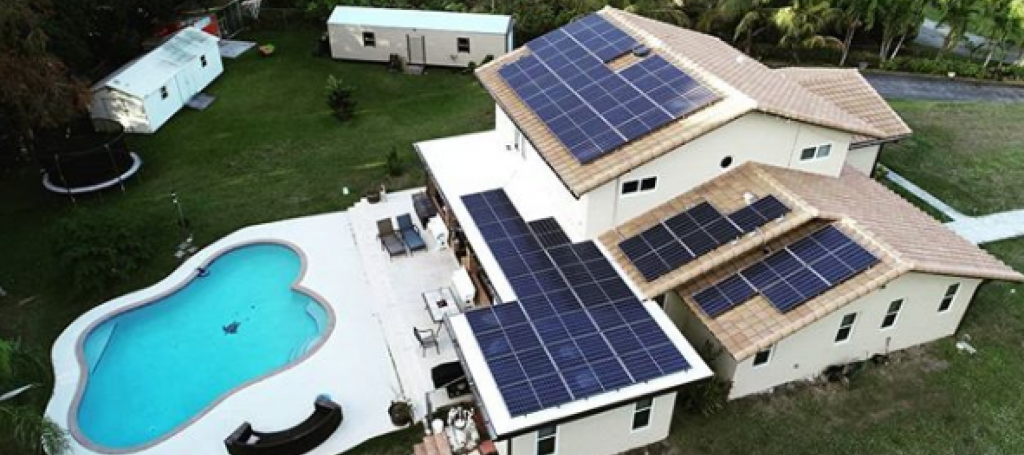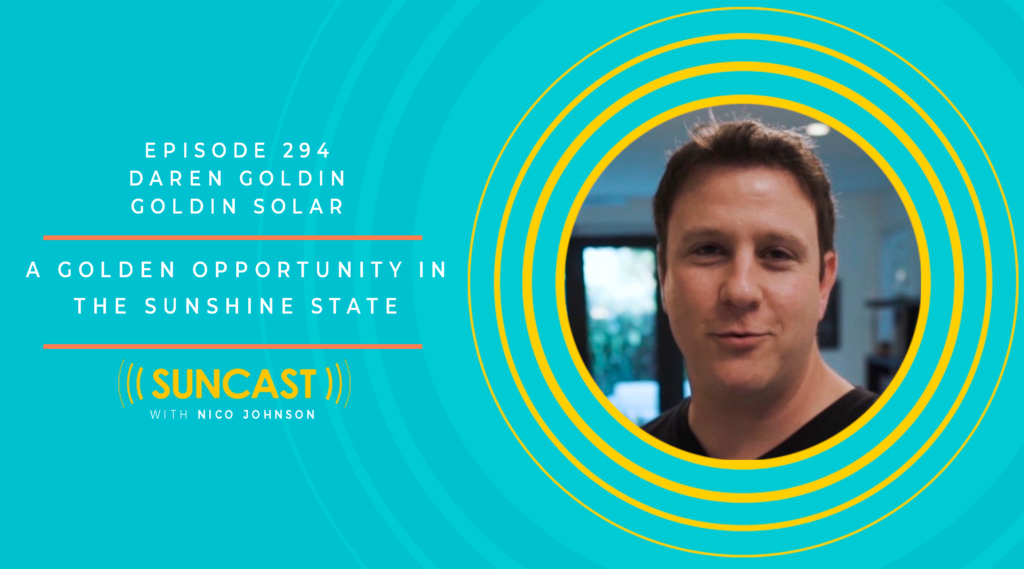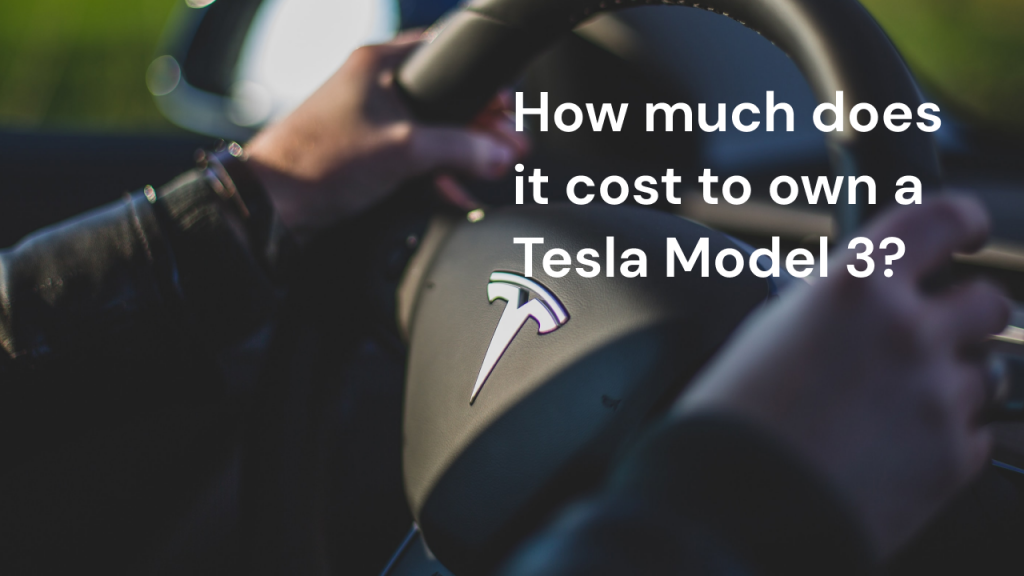I know what you’re thinking: just the words “virtual power plant” are cringeworthy. The phrase combines two things that many people prefer to avoid thinking about: another buzzwordy claim about how technology will transform our lives, and the image of dirty power plants churning out smoke.
Despite the name, we should actually be really excited about virtual power plants (VPPs). VPPs have the potential to transform our energy landscape, making the grid more sustainable and improving quality of life. To learn how, we’ll be exploring a VPP program in Australia. In this program, Tesla has partnered with the local utility to help low-income folks reduce their electric bills and carbon footprints while also testing out some of the technology that will be the building blocks for the grid of the future.
But before we get into the really exciting stuff, let’s get the basics out of the way: what is a virtual power plant, and what exactly is the VPP pilot in Australia?
What is a Virtual Power Plant?
A Virtual Power Plant, also known as a Virtual Grid, is a collection of networked devices that can store and distribute electricity. It’s called a virtual power plant because it replaces power lines and central power stations with distributed batteries and power sources like solar which operate in concert via the internet. VPP components can include rooftop solar arrays, electric vehicles, in-home batteries, and smart appliances.
What is the Virtual Power Plant Pilot in Australia?
Tesla was contracted by regional authorities to install solar arrays and home battery systems (called Powerwalls) for low-income homes in South Australia. The first phase involved 100 homes, the second phase an additional 1,000, and the third and final phase will include 50,000 installations. Powerwalls store excess energy from the solar panels when the grid doesn’t need additional power and releases that energy to the grid when necessary. When the grid needs additional power, all Powerwalls in the network release power simultaneously, thus acting as one “power plant,” giving the VPP its name.
Setting up Powerwalls in this way provides many benefits to the homes that have them, the utility provider, and even other utility customers without Powerwalls. For a deep-dive into the benefits, check out the report released by the Australian Energy Market Operator (AEMO) in March 2020. The report gives a wealth of information regarding the results of the second phase of implementation. All in all, we have three reasons to be really excited about the VPP in Australia:
- The Virtual Power Plant Makes the Grid More Resilient
- The Virtual Power Plant Helps Make the Grid More Sustainable
- The Virtual Power Plant Helps Residents
Reason One: The VPP Makes the Grid More Resilient
The grid is a highly complex network that is vulnerable to cascading disturbances. In other words, a relatively small or local perturbation in voltage, frequency, or load can result in a chain reaction that destabilizes the grid as a whole. This is due to the hierarchical nature of the grid, with central power stations at the top and household loads at the bottom. Any disturbance at the central power station ripples down and affects the network downstream.
The VPP protects the grid from disturbances by adding a web-like element to the grid. Tesla Powerwalls, and other battery systems like vehicle-to-grid-enabled electric vehicles, can give energy back to the grid when a disturbance occurs. This is what happened in the Tesla VPP pilot on October 9, 2019 when the Kogan Creek generating unit in Queensland tripped unexpectedly. This trip resulted in a decrease in the AC frequency on the grid, which jeopardizes its stability. Tesla Powerwalls in the VPP responded by injecting frequency onto the grid to return it to its regular operating state. The following graphic from the AEMO report demonstrates this event:
Eventually, mechanisms such as this can enable VPP technologies to protect the entire grid from outages due to isolated incidents like transformer failures, downed lines, or generation stations going offline. Especially as climate-driven disasters such as wildfires in California or hurricanes in Florida become more common, increased grid resilience given by VPPs is a huge benefit to utility companies and electricity customers alike.
Reason Two: The VPP Helps Make the Grid More Sustainable
For the same reason they can protect the grid from disturbances, VPPs can also make the implementation of variable power sources like wind and solar more viable at large scales. This is because wind and solar deliver power at inopportune and unpredictable times. Often, power use is highest in the evening when the sun isn’t shining but low during the day when the sun is strong. This mismatch adds stress to the grid when the energy from these sources doesn’t have anywhere else to go.
The VPP’s distributed batteries solve this problem by giving surplus power a place to go when it isn’t needed to power homes. Then, when energy production from renewables isn’t enough, the batteries discharge to power the grid.
Another piece of the VPP system is “controllable load devices,” which are more commonly called “smart devices.” These are household appliances such as air conditioners that can adjust the power they consume in response to the status of the grid. When energy demand is high, smart air conditioners adjust their thermostats to consume less. This is another protection against surges in power demand or supply. In addition, smart devices help homes operate more efficiently, saving power and reducing emissions.
Reason Three: The Virtual Power Plant Helps Residents
The benefits of an in-home Powerwall as a VPP-enabled backup system are twofold: first, it will protect the home in case of a blackout, and second, it saves money.
One of my favorite Powerwall features is its ability to power my home during a grid failure. This ability is why Powerwalls and other in-home battery systems are becoming more common in places like California and Florida that are subject to frequent blackouts from wildfires and hurricanes. Multiple Powerwalls combined with a PV solar array can act as a whole-house generator that comes with free fuel for life. Excess solar energy produced during the day is stored in Powerwall and discharged during the night or when the grid is disconnected. Since low-income communities are the most vulnerable to grid failure and other disturbances, we are really excited to see Tesla and South Australia partnering to bring this peace of mind to residents that need it most.
Another benefit of the VPP experiment in Australia is money savings. It turns out the Powerwall-enabled VPP network saves money both for the homes with the batteries and the rest of the utility customers. As Electrek has previously reported, over just a few months the VPP pilot saved those with Powerwall systems $225,000, or about $225 per home. The VPP also saved the rest of the utility’s customers money by making the grid as a whole more resilient and efficient. It’s truly exciting to see a system that is able to produce benefits for every stakeholder involved.
The Future is Bright
As the world transitions toward a more sustainable energy future, the landscape of how power is produced, stored, delivered and used is changing. These changes pose challenges to the grid, but the potential benefits are enormous. It is inspiring to see innovation at grid scales make it off the drawing board, out of pre-planned communities, and into the lives of everyday people around the globe. The new business models that are emerging in the energy space come with their fair share of uncertainty, but pilot programs like Tesla’s in Australia demonstrate that such programs can be highly beneficial, even at small scales.
To participate in the emerging energy future, we should cheer on local governments and utilities that are pursuing renewables and implementing test programs in their communities. We can support companies like Tesla that are creating needed technologies. Perhaps most importantly, we can simply stay informed. Not since the 1880’s has the grid been reimagined in the ways it is now. Let’s make the most of it.
For more information on the Virtual Power Plant pilot in Australia, visit South Australia’s VPP FAQ page.
